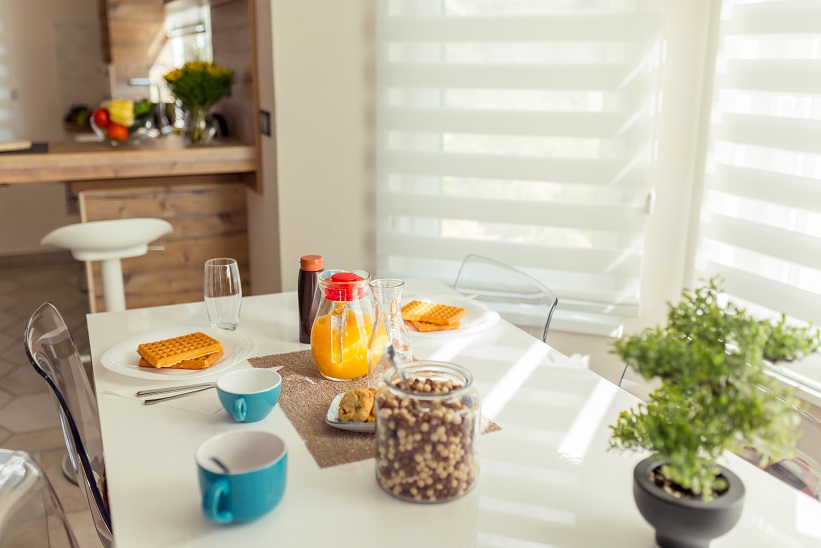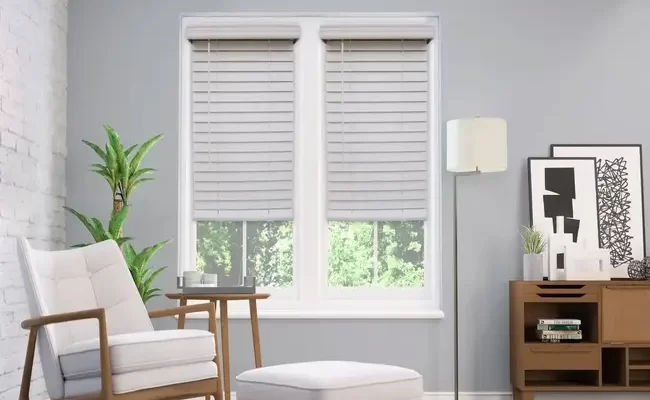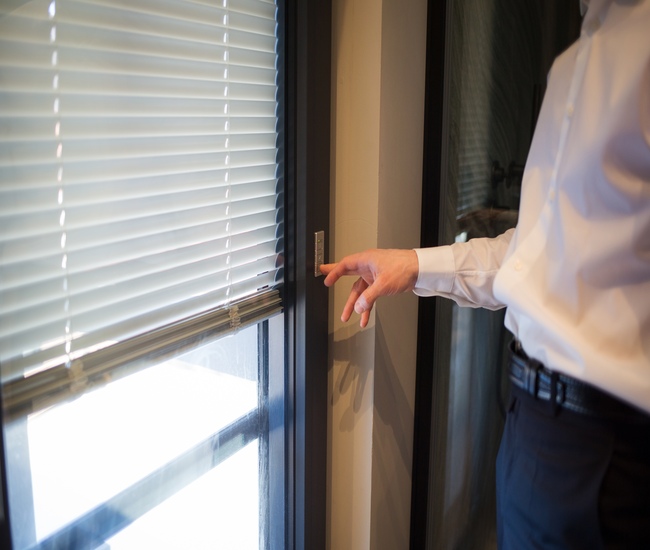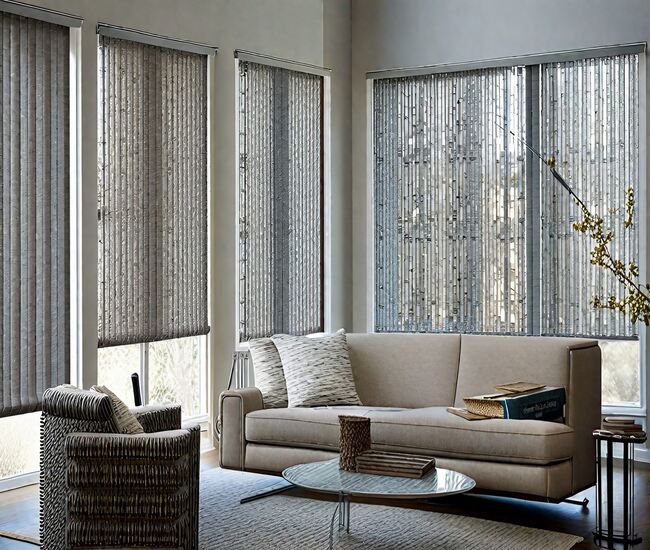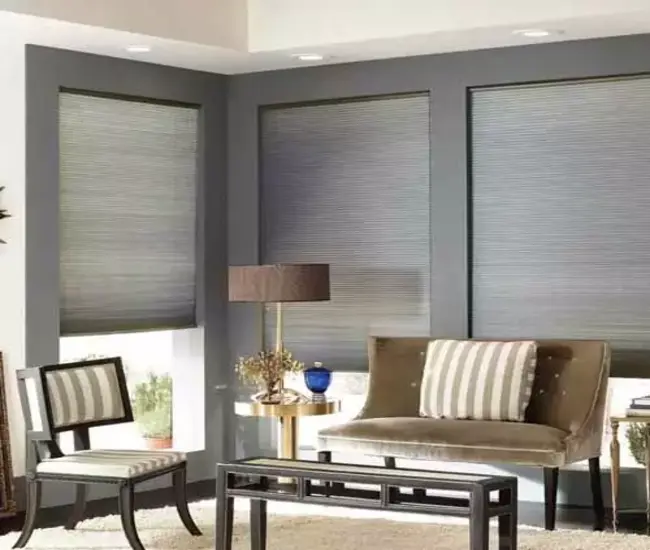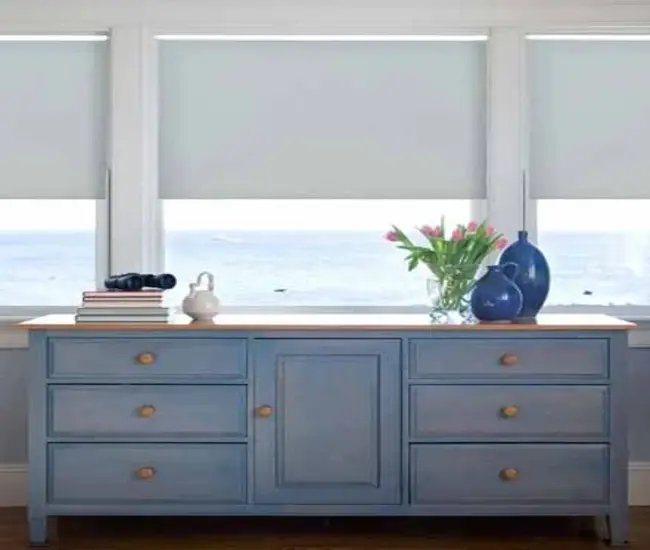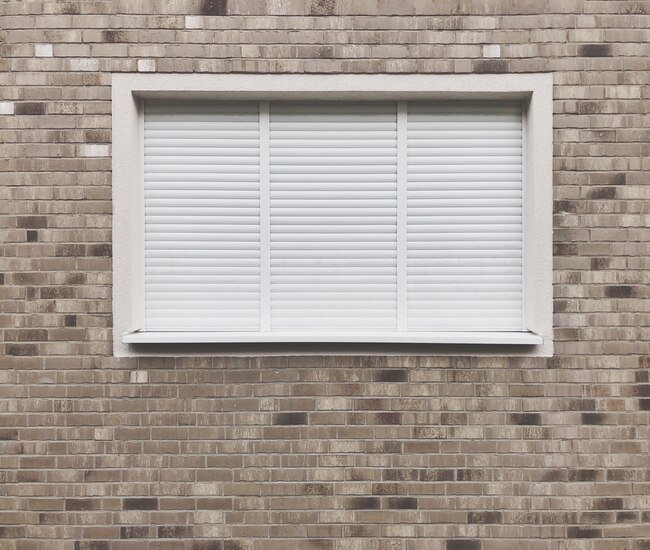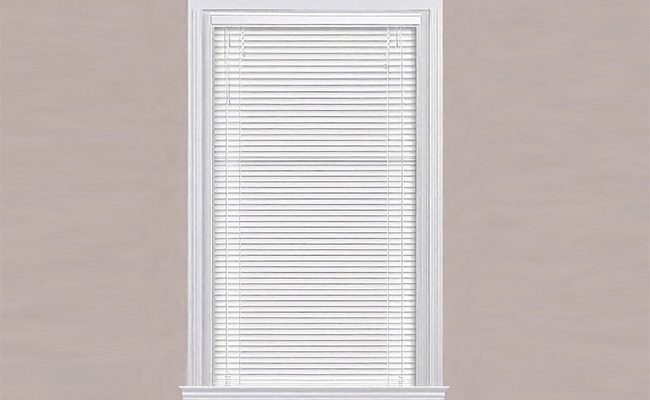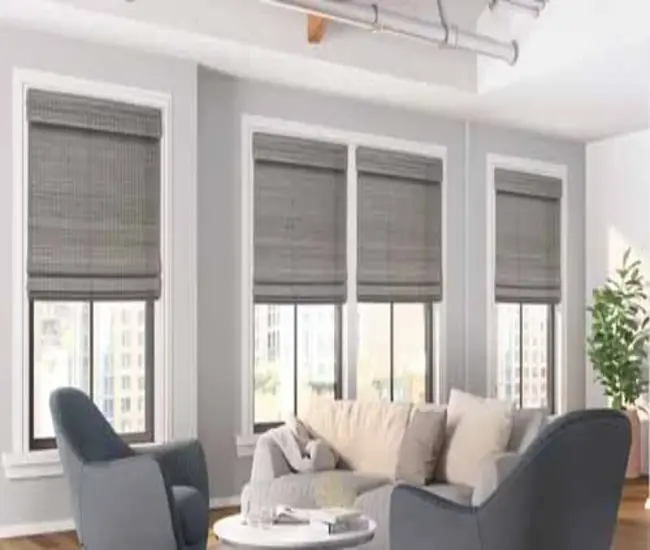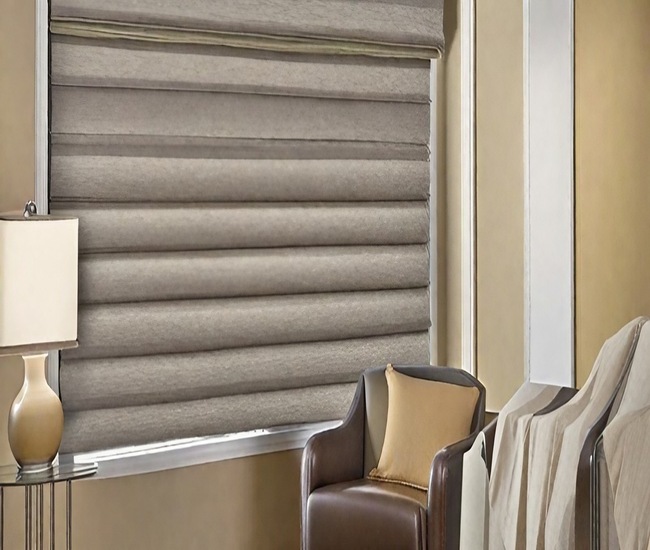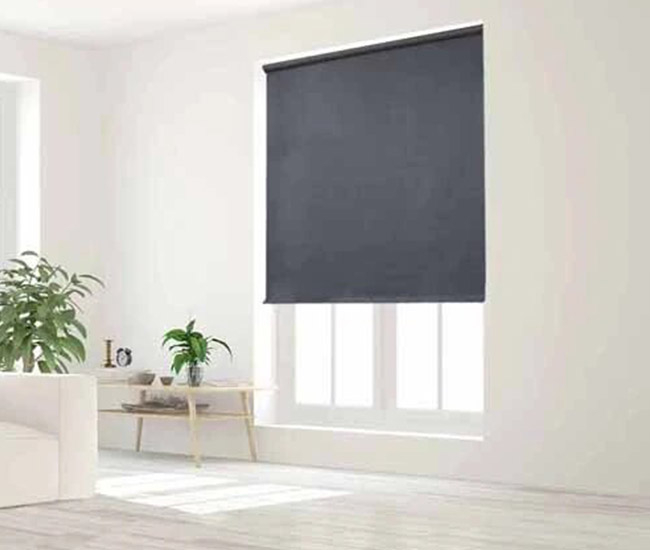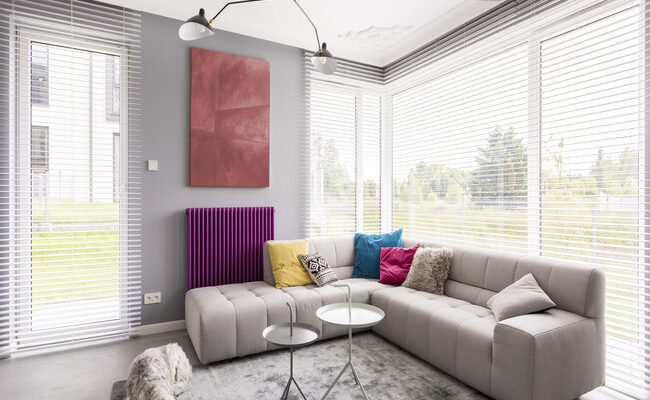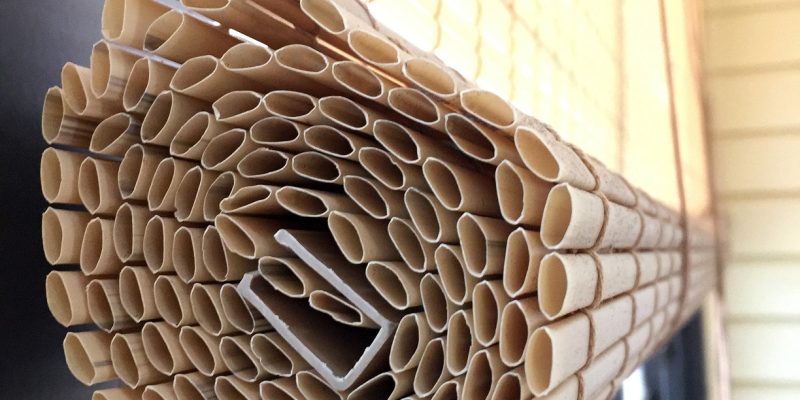If you’re looking for window blinds, you’ll have to choose between different types of fabrics. In this blog post, we’ll go over the most popular types of fabric used for window blinds and their pros and cons. By the end, you’ll know which type of fabric is best for your home.
Key Takeaways:
- The most popular types of fabric used for window blinds are polyester, vinyl, and linen.
- Each type of fabric has its own pros and cons that you should consider before making a decision.
- The best type of fabric for your window blinds will depend on your specific needs and preferences.
Polyester, vinyl, and linen are the most popular types of fabric used for window blinds. Each type of fabric has its own pros and cons that you should consider before making a decision. The best type of fabric for your window blinds will depend on your specific needs and preferences.
The Different Types of Fabric Used for Window Blinds
Window blinds are a type of window covering that can be used to block out light, provide privacy, or both. There are a variety of different types of fabric that can be used for window blinds, each with its own benefits and drawbacks. Natural fibers such as cotton and linen are often used for window blinds because they are affordable and easy to clean. However, natural fibers can also absorb moisture, which can make them difficult to control in humid environments. Synthetic fibers such as polyester and nylon are often used for window blinds because they are more resistant to moisture and wear and tear. However, synthetic fibers can be more expensive than natural fibers. Ultimately, the type of fabric used for window blinds should be chosen based on the specific needs of the home or office.
How to Choose the Right Fabric for Your Window Blinds
Window blinds are a popular choice for window treatments, and they come in a variety of materials. When choosing the right fabric for your window blinds, it is important to consider both the function and the style of the blinds. For example, if you are looking for blinds that will provide privacy, then a thicker material like bamboo or grasscloth would be a good choice. If you are looking for blinds that will let in light, then a lighter material like linen or sheer would be a better option. In addition to function, you will also want to consider the style of your window blinds. For a more formal look, you might choose a rich fabric like velvet or brocade. For a more casual look, you might choose a patterned fabric or a natural fiber like jute or sisal. By taking both function and style into consideration, you can be sure to find the right fabric for your window blinds.
The Pros and Cons of the Most Popular Types of Window Blind fabrics
Window blinds are a type of window covering that can be used to regulate light, provide privacy, or both. There are a variety of different types of window blind fabrics, each with its own set of advantages and disadvantages. The most popular types of window blind fabrics include:
- Faux wood blinds: Faux wood blinds are made from a composite material that imitates the look of real wood. They are more durable than real wood blinds and are less likely to warp or fade in sunlight. However, faux wood blinds can be more expensive than other types of window blind fabrics.
- Aluminum blinds: Aluminum blinds are a popular choice for both commercial and residential applications. They are durable and easy to clean, but they can block out more light than other types of window blind fabrics.
- Vinyl blinds: Vinyl blinds are made from a PVC material that is both durable and easy to clean. They are typically less expensive than other types of windowblind fabrics, but they may not last as long.
Each type of window blind fabric has its own unique set of advantages and disadvantages. When choosing the right type of window blind fabric for your home or business, it is important to consider your specific needs and budget.
Which Type of Window Blind Fabric is Best for Your Home?
Window blinds are a popular window treatment option for many homes. There are several different fabrics that can be used for window blinds, and each has its own advantages and disadvantages. For example, natural fibers like cotton or linen are environmentally friendly and have a classic look, but they can absorb dust and dirt easily. Synthetic fibers like polyester or nylon are more durable and easy to clean, but they may not have the same aesthetic appeal as natural fibers. Ultimately, the best type of window blind fabric for your home depends on your specific needs and preferences.
How to Clean and Maintain Your Window Blinds to Keep Them Looking Their Best
Window blinds are a classic way to add privacy and style to your home. However, they can be a bit of a pain to keep clean. Here are a few tips to help you get the most out of your window blinds:
-Start by dusting your customized blinds with a soft cloth or feather duster. This will help remove any build-up of dust or dirt.
-If your blinds are particularly grimy, you may need to give them a more thorough cleaning. Use a damp cloth and mild soap to wipe them down, taking care not to get the fabric too wet.
-Once they’re clean, be sure to dry your blinds completely to prevent water spots.
-To keep them looking sharp, you may want to consider polishing metal or wood blinds on occasion. Apply a small amount of polish with a soft cloth and buff until shines.
With just a little bit of care, you can keep your window blinds looking like new for years to come.




